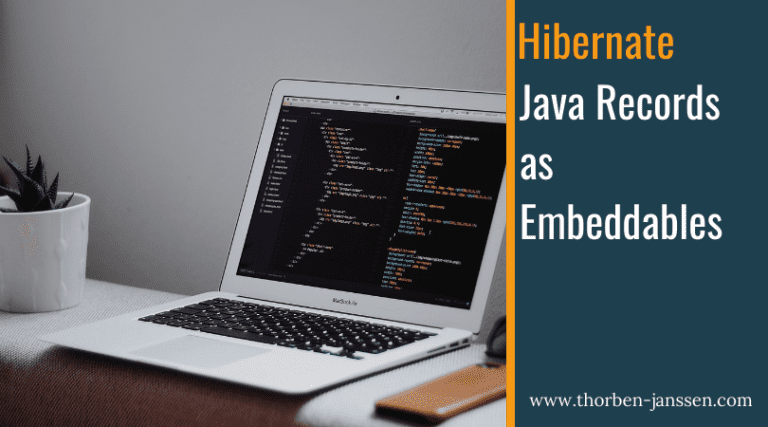Using Window Functions with Hibernate 5 & 6
SQL is an incredibly powerful query language. It provides sheer endless possibilities to extract and transform information. One example of that is a window function. It enables you to perform operations on subsets of the table rows available in your query. The PostgreSQL documentation explains window functions as: A window function performs a calculation across a set…





